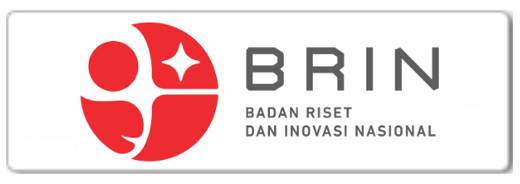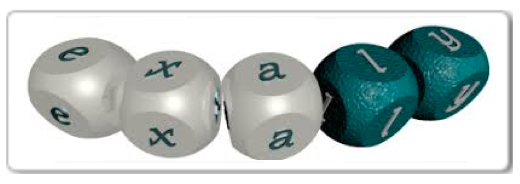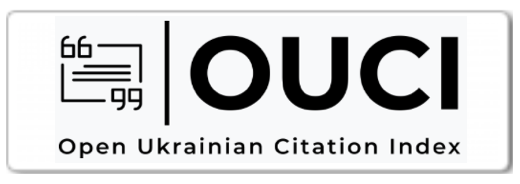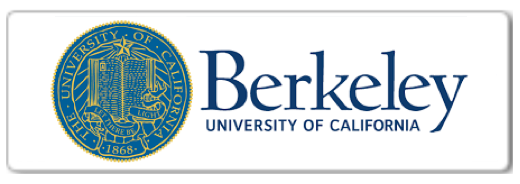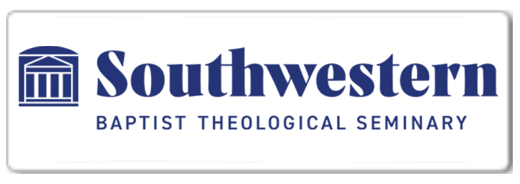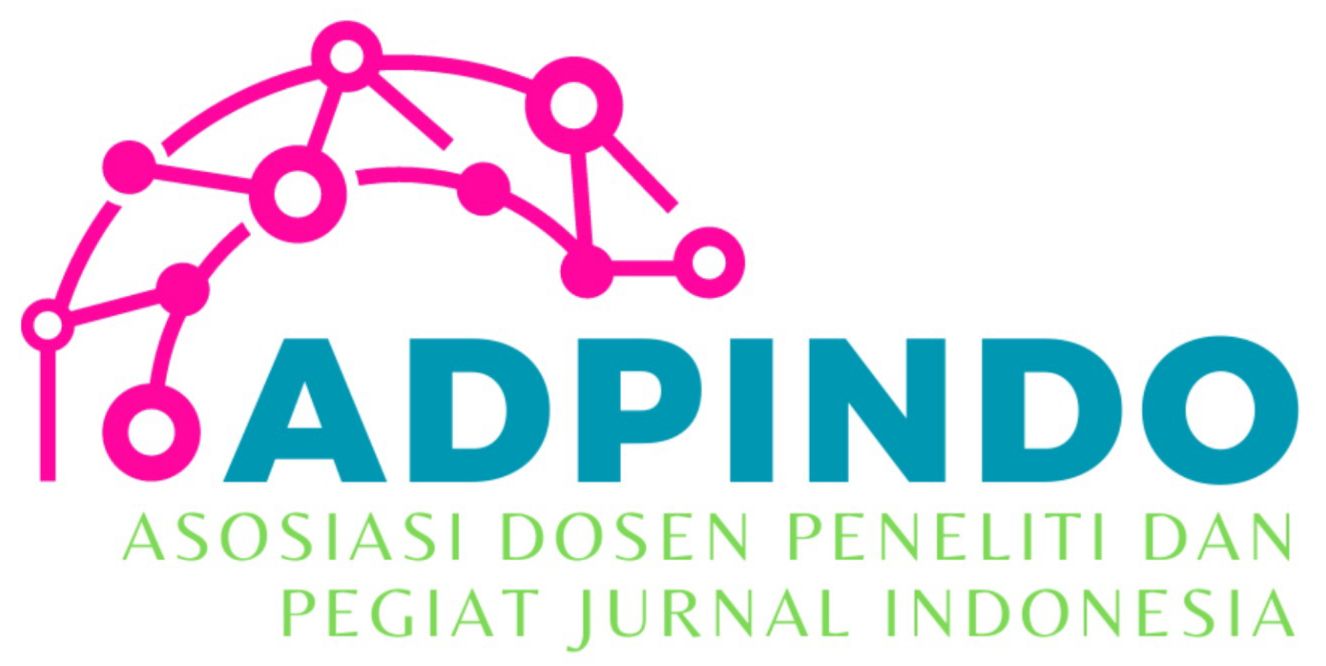THE PROFIT PREDICTION PUZZLE: HOW GROSS, OPERATING, AND NET PROFIT INFLUENCE FUTURE CASH FLOWS WITH A DEPRECIATION AND AMORTIZATION TWIST
Main Article Content
Vista Yulianti
Sindik Widati
Dian Sulistyorini Wulandari
This study aims to analyze the effect of gross profit, operating profit, and net profit on predicting future cash flows, with depreciation and amortization (DA) as moderating variables. The data used in this research is secondary data from financial reports of manufacturing companies listed on the Indonesian Stock Exchange (IDX) from 2019 to 2023. The research applies panel data regression analysis, with Ordinary Least Squares (OLS), Fixed Effects, and Random Effects models to evaluate the impact of profitability measures on future cash flows. The results show that gross profit and operating profit have significant negative effects on future cash flows, while net profit has a significant positive effect. Furthermore, the introduction of DA as a moderating variable reveals that it significantly influences the relationship between gross profit and future cash flows, but does not significantly affect the relationship between net profit and cash flows. These findings suggest that non-cash expenses like depreciation and amortization should be considered when forecasting future financial performance.
Cai, J., & Zhang, Z. (2018). Cash flow and stock performance: Evidence from emerging markets. Journal of Corporate Finance, 50.
Chen, Y., & Zhang, M. (2023). Enhancing cash flow prediction models using profitability and accounting adjustments. Journal of Accounting and Financial Studies, 11(2), 115–130.
Dasman, S., Purnomo, G. G., & Wulandari, D. S. (2023). Macroeconomic Conditions, World Capital Market, and Commodity Price on The Jakarta Composite Index. Proceeding International Pelita Bangsa, 1(1), 155–162.
Fernandez, L., & Yu, C. (2021). Profitability and cash flow: Do non-cash expenses matter? Accounting Perspectives, 20(3), 221–238.
Jiang, Y., Liu, H., & Li, Y. (2021). Cash flow, financial stress, and accounting conservatism: Evidence from the COVID-19 pandemic. Journal of Applied Accounting Research, 22(3), 491–507.
Li, J., & Cheng, Y. (2022). Profit quality and cash flow forecasts: A cross-sector study. Journal of Business Research, 145, 102–115.
Ma, X., & Sun, Y. (2023). Revisiting the link between earnings and cash flows with accounting adjustments. Review of Quantitative Finance and Accounting, 61(4), 847–869.
Purba, J., & Wulandari, D. S. (2024). Determinants of Corporate Dividend Policy: A Factorial Analysis. Indonesian Journal of Economic & Management Sciences, 2(1).
Subramanyam, K. R., & Wild, J. J. (2021). Financial Statement Analysis (12 ed.). New York, NY: McGraw-Hill Education.
Tan, L., & Huang, R. (2023). Profit metrics and non-cash expenses in financial forecasting: Evidence from emerging markets. International Review of Financial Analysis, 85.
Wahlen, J. M., Baginski, S. P., & Bradshaw, M. T. (2022). Financial Reporting, Financial Statement Analysis, and Valuation (10 ed.). Boston, MA: Cengage Learning.
Wang, J., & Liu, S. (2022). The moderating role of depreciation and amortization in profitability and cash flow forecasting. Asia-Pacific Journal of Accounting & Economics, 29, 412–429.
Wulandari, D. S., Purba, J., & Wijayanti, R. (2024). Financial Distress and Accounting Conservatism On Tax Avoidance. Akuisisi: Jurnal Akuntansi, 20(2).
Zhao, X., Li, Y., & Chen, K. (2021). Accounting for depreciation: Implications for cash flow analysis and financial planning. Journal of Business Finance & Accounting, 48((7-8)).
















